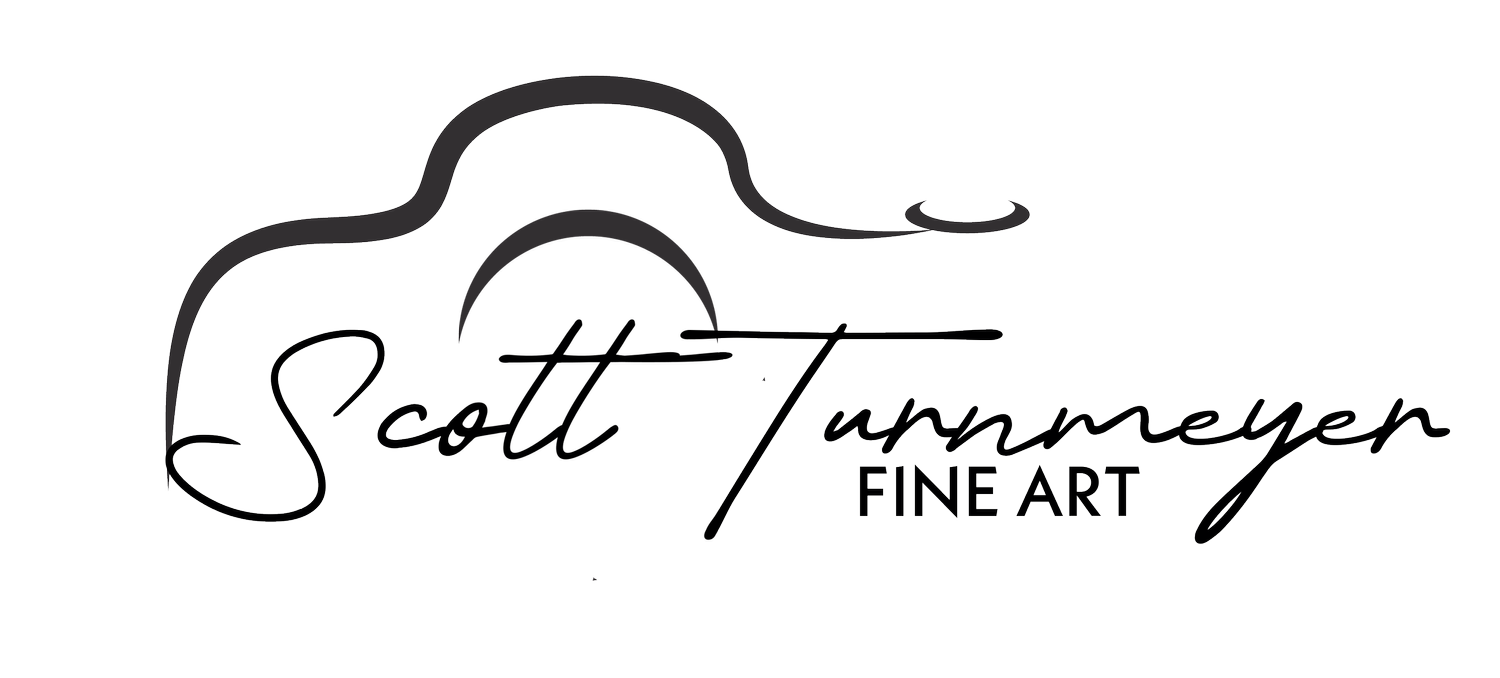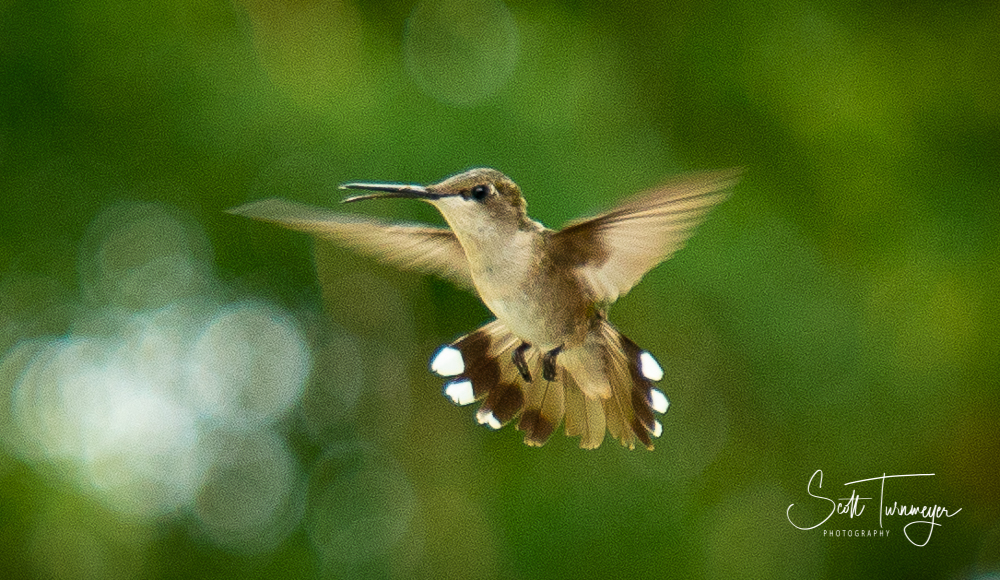Catching the Hummers
I grew up with my mom always having hummingbird feeders around, so naturally we do the same at our house. It is always fund to sit out and watch the amazing little animals duck and dodge and fight for their food, it’s quite entertaining if you’ve never watched them.
From a photography standpoint hummingbirds can be quite difficult at times to get a good shot. In the past few weeks I’ve had a number of people ask me for critiques or tips on getting hummingbirds. I thought it would be great for a blog post and to share a few shots our our hummers.
So there are a number of things that you have to think about when you want to get photos of your favorite little buzzers around the backyard.
Lighting
Composition
Speed (they are fast)
Let’s talk about each one of these.
First Lighting
Hummingbirds are active during the day, but are much more active when it is cooler, like the early morning or late evening. This causes problems because you need to use a faster shutter speed to catch the action, which closes out the light. If you try to shoot them during the day you will find hard shadows and horrible lighting conditions, although you have plenty of light. The best option is to find a nice shady spot for the feeders, or get your shots on a cloudy day.
Composition
Hummingbirds are easy to get photos of actually. We bait them into an area every single day.. But shots with the feeder in them are unnatural to me and I want shots that show them in their wild settings, such as the ones you see here. What do I do? I actually pay very close attention to the birds, they are creatures of habit. The same bird will fly the same pattern again and again. Be prepared for the next time it flies that way and get your shot. Might take a while and some patience, but it will pay off.
Speed
It is actually very easy to crank up your shutter speed to some outrageous number to freeze the action. I, on the other hand, want to shot motion in my shots. I want some blur in the wings to showcase how this little creature is flying. I like to keep my shutter speed under 1000 to get that blur, the ones on this page were shot at 750. This also gives you a benefit of lighting, because you aren’t closing down the camera as much. So you late evening shots are a bit easier and you won’t have to crank up the ISO as much.
Hope you enjoyed these quick little tips. Post some of your photos on my Facebook Page and let me see what you are catching. Or tag me in your posts on Instagram or Twitter.
Don’t forget to follow me on the social medial platforms to more tips and tricks, and come out to some of my classes and workshops where I teach you to get these type of shots!




